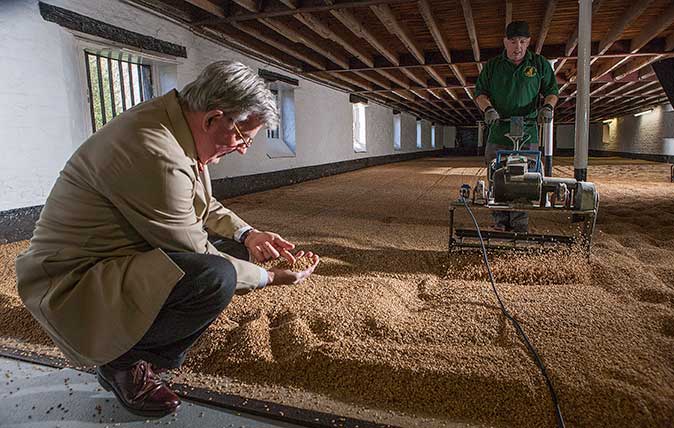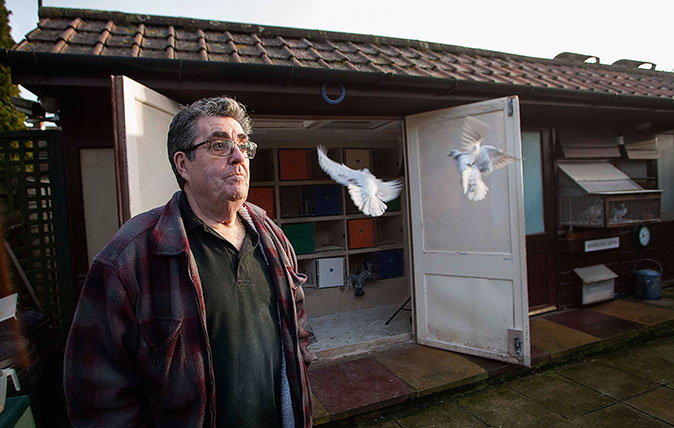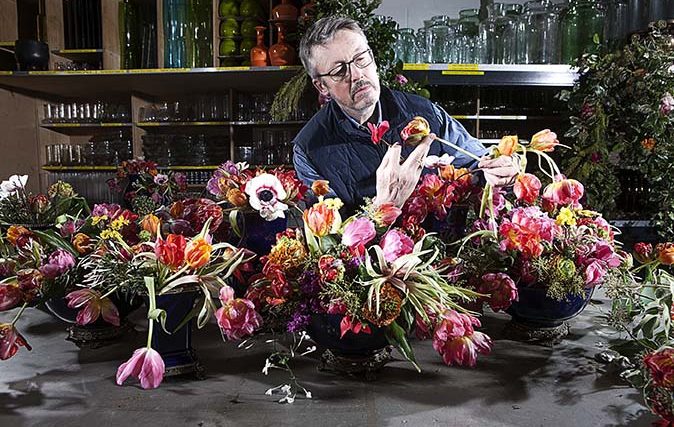The Maltster: How an art that's thousands of years old is once again gaining recognition
There are only a handful of people left in Britain who still extract malt from Barley using the 'floor-made' method – and today, people are beginning to value their efforts more than ever. Tessa Waugh explains.


Extracting malt from barley, which is the first stage of the brewing and distilling process, has occurred in Britain for thousands of years, but there are only four companies in England that still do it the traditional way.
The oldest, Warminster Maltings in Wiltshire, has been housed in the same premises since 1855.

‘The building is Grade-II* listed, so it had to be restored sympathetically,’ explains Robin Appel, who describes himself as the ‘custodian’ of the business that he acquired 12 years ago.
"'Floor-made’ malt is gaining recognition worldwide for enhancing the character and flavour of a variety of products"
The malting process is still carried out in much the same way as it ever was. Raw barley arrives from farms and is steeped in water to precipitate the germination process before being transferred to the germination floors.
‘This is where the maltster’s great skill comes into its own,’ enthuses Mr Appel.
‘His job is to slow down and manage the germination process, with the objective of providing exactly the right environment for converting starch into sugar.’

The grain is raked up to four times a day, as demonstrated above by maltster Peter Chinnock. If the room gets too hot, it’s naturally cooled by opening the windows.
Exquisite houses, the beauty of Nature, and how to get the most from your life, straight to your inbox.
After five days, when the conversion of the starch is complete, the green malt is transferred to the kiln for curing and drying.
It’s an intensive process that bears dividends and ‘floor-made’ malt is gaining recognition worldwide for enhancing the character and flavour of a variety of end products, including artisanal beer, whisky and vinegar.
Find out more about the maltings at www.warminster-malt.co.uk

Credit: ©Richard Cannon/Country Life Picture Library
The Pigeon Fancier: 'I set up a deckchair in the garden and wait for them to come back. That’s the most exciting part.'
This week’s Living National Treasure is Colin Hill, a pigeon fancier whose birds regularly race from the tip of Scotland

The Florist: 'What I do is like good cooking – if you have beautiful ingredients, you can’t go wrong'
This week's Living National Treasure is royal florist Shane Connolly – and while he might be based in Britain, he's

Credit: Living National Treasure: The Glassblower - ©Country Life/Richard Cannon
The Glassblower: 'When something goes wrong you can't fix it – you just sling in into the bosh bucket and start again'
Ian Shearman's team of glassblowers are still making glass using a technique that's 2,000 years old. Mary Miers found out
Country Life is unlike any other magazine: the only glossy weekly on the newsstand and the only magazine that has been guest-edited by His Majesty The King not once, but twice. It is a celebration of modern rural life and all its diverse joys and pleasures — that was first published in Queen Victoria's Diamond Jubilee year. Our eclectic mixture of witty and informative content — from the most up-to-date property news and commentary and a coveted glimpse inside some of the UK's best houses and gardens, to gardening, the arts and interior design, written by experts in their field — still cannot be found in print or online, anywhere else.
